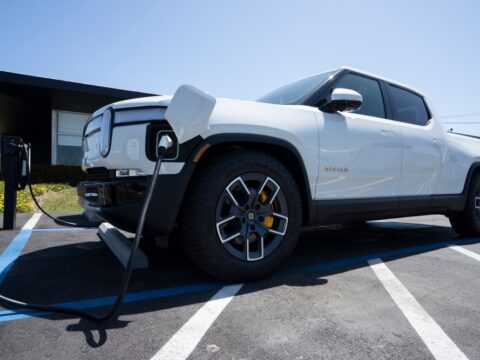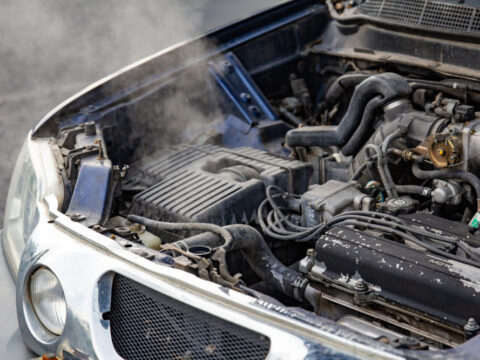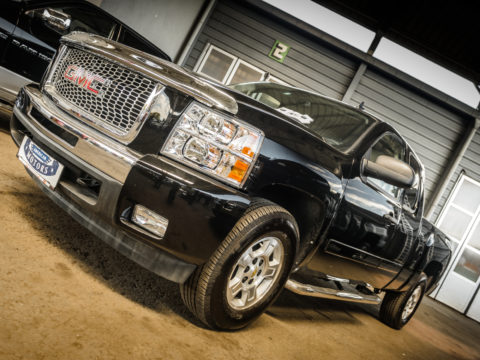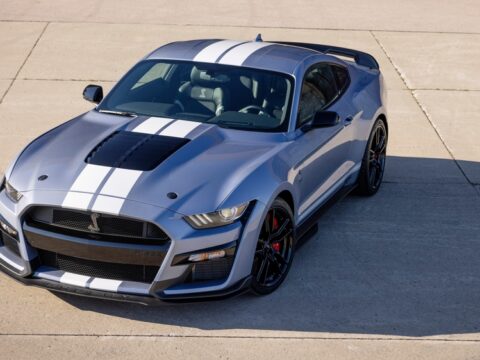While British car manufacturers have produced some of the most iconic vehicles in automotive history, not every model managed to capture the public’s attention. Many vintage British cars offered unique designs, innovative features, or solid performance, but for various reasons, they never gained widespread popularity. Here are 20 underrated vintage British cars that, despite their potential, struggled to leave a lasting mark on the automotive world.
Contents
Triumph Stag
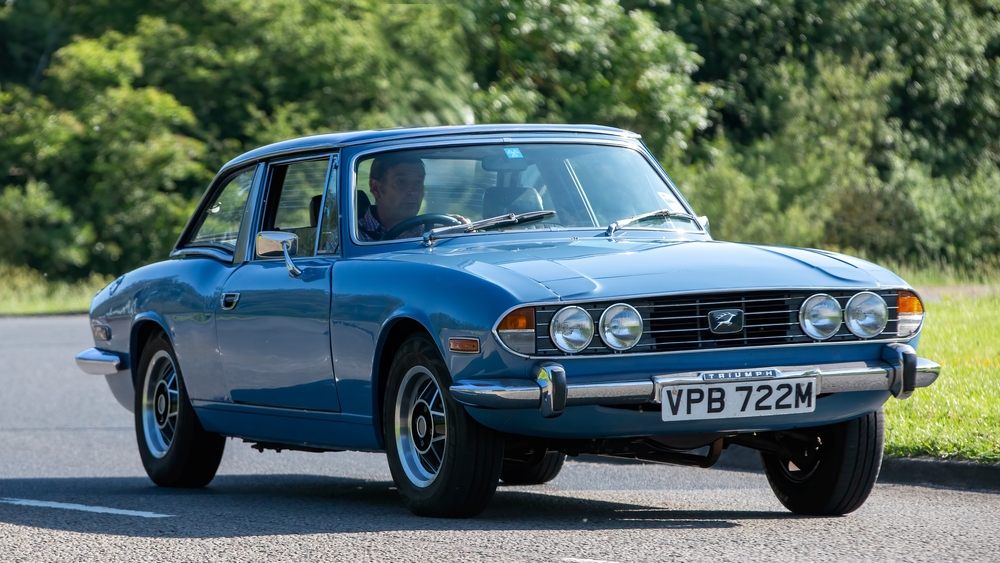
Launched in the 1970s, the Triumph Stag was envisioned as a luxury sports tourer with a V8 engine, aimed at competing with higher-end models like the Mercedes SL. Its downfall, however, was rooted in engine reliability issues, particularly overheating and frequent head gasket failures. While some owners managed to address these problems by swapping engines, the Stag’s reputation had already taken a hit.
Austin Allegro
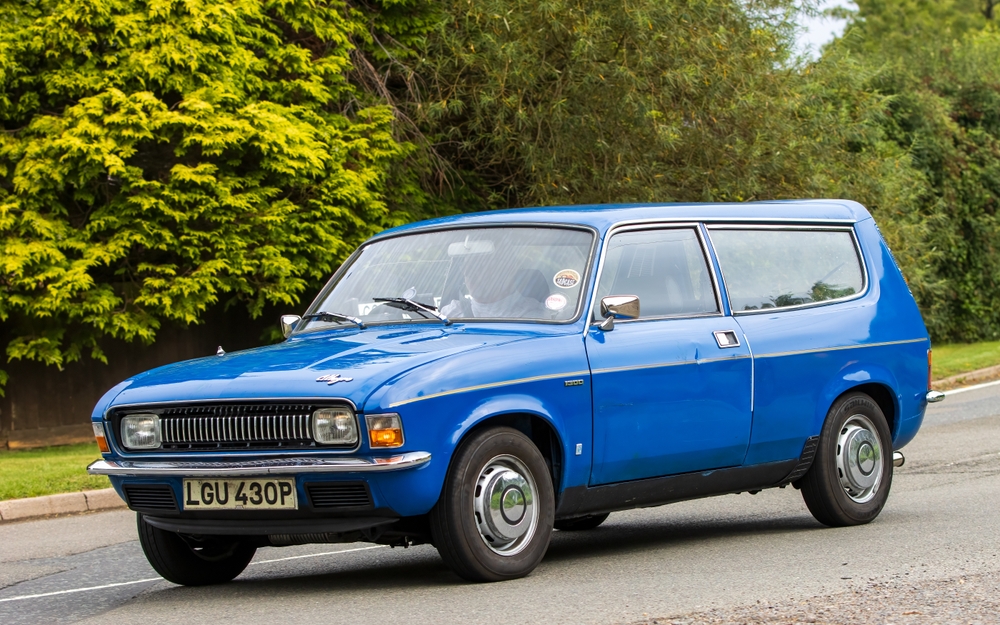
Marketed as a revolutionary family car in the 1970s, the Austin Allegro quickly became a symbol of British automotive missteps. Despite its compact design and innovative approach, it faced ridicule for its poor build quality and strange styling. Its infamous “square steering wheel” was a design choice that baffled many potential buyers. As a result, the Allegro struggled to find a fan base and remains largely forgotten today, even though it sold reasonably well during its production.
Hillman Imp
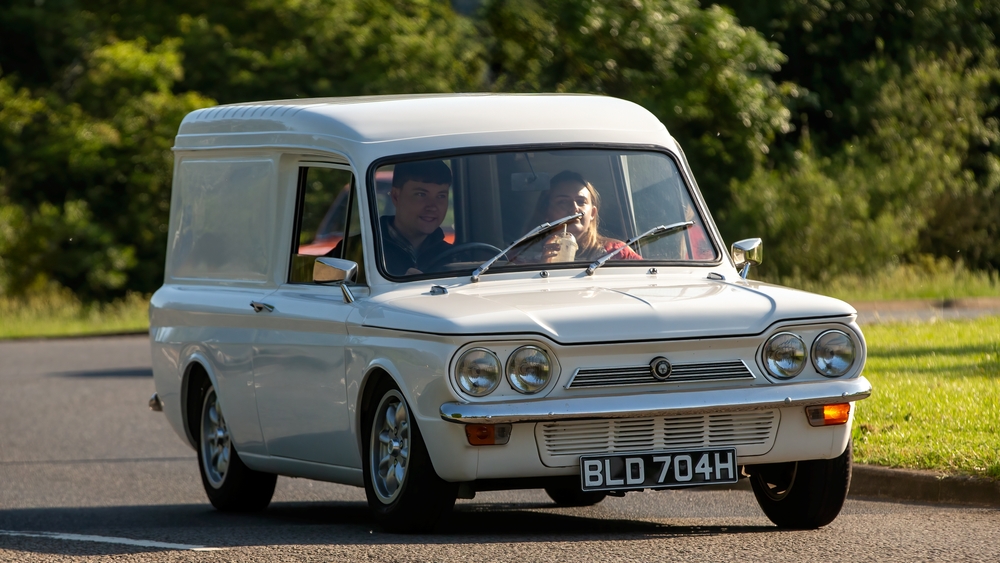
The Hillman Imp, introduced in the early 1960s, aimed to rival the popular Mini with its rear-engine layout and compact body. Unfortunately, production issues plagued its release, leading to mechanical problems that damaged its reputation. Its rear-mounted aluminum engine, while advanced, was prone to overheating, further deterring potential buyers.
Vauxhall Victor FE
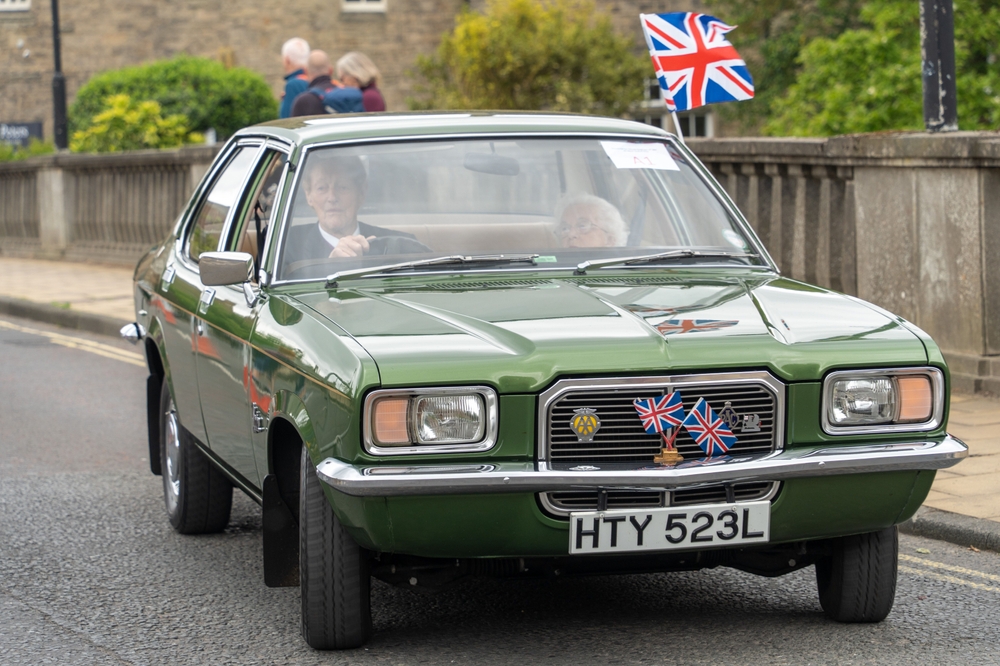
The Vauxhall Victor FE entered the market in the early 1970s, positioned as a practical and affordable option for British families. Though it delivered decent performance and offered a spacious interior, it was criticized for its uninspired styling and lack of excitement. Ford’s more dynamic models overshadowed the Victor FE, making it difficult for this Vauxhall to stand out. Despite a loyal following among some collectors, it never achieved widespread popularity.
Rover P6 3500
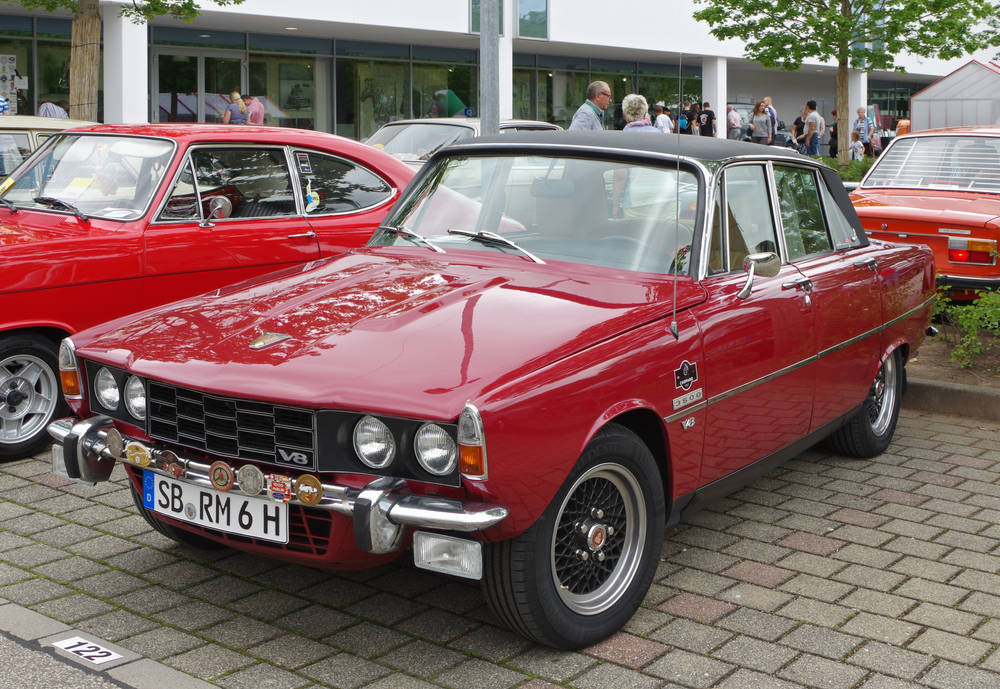
The Rover P6 3500, first launched in 1968, boasted a powerful V8 engine and cutting-edge design for its time. Despite these strengths, it was burdened by complex engineering that led to maintenance challenges, alienating many buyers. Additionally, its high price point put it out of reach for the average car enthusiast, and it couldn’t compete with the more established Jaguar XJ6. Although a small group of collectors admire it today, the P6 3500 never reached its full potential.
Austin Maxi
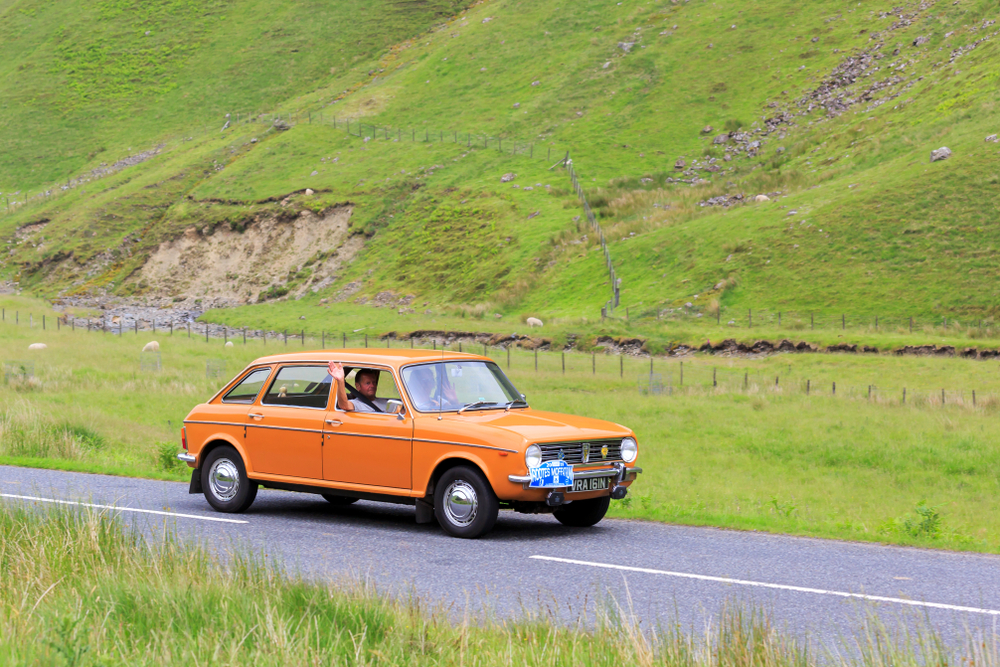
The Austin Maxi, introduced in 1969, broke new ground as Britain’s first hatchback, offering an innovative five-speed manual transmission and impressive interior space. Unfortunately, its lackluster design and sluggish performance did little to inspire excitement among buyers. Reliability issues further tarnished its image, leading to disappointing sales.
Triumph TR7
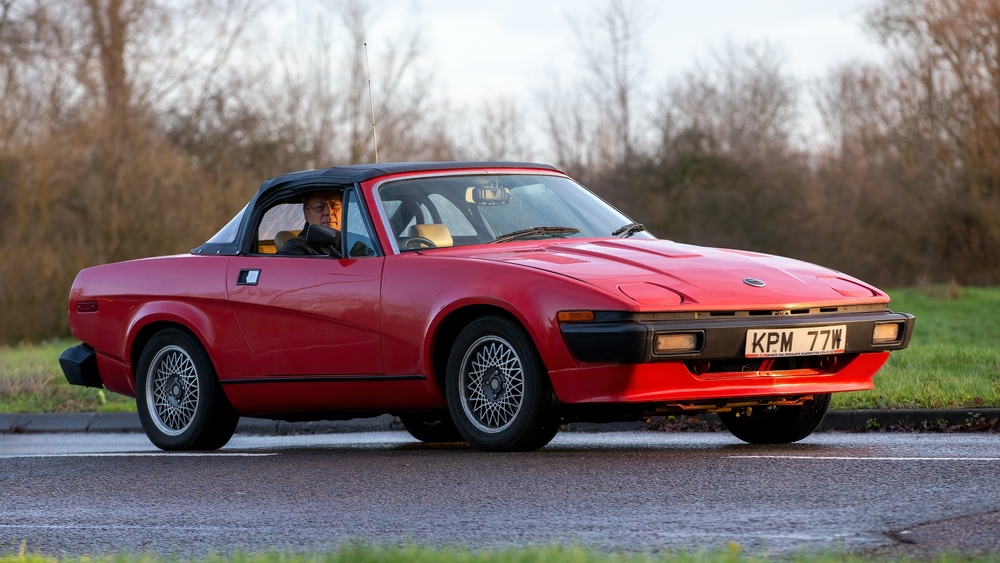
Boldly sporting a wedge-shaped design, the Triumph TR7 was intended to modernize the British sports car market in the late 1970s. However, persistent mechanical failures, particularly with the electrical systems, along with labor strikes at the factory, severely hampered its reputation. Even though it initially sold well, these problems quickly caught up with the TR7, leading to a steep drop in interest. Today, it’s remembered as a divisive model, beloved by some and ignored by many.
Morris Marina
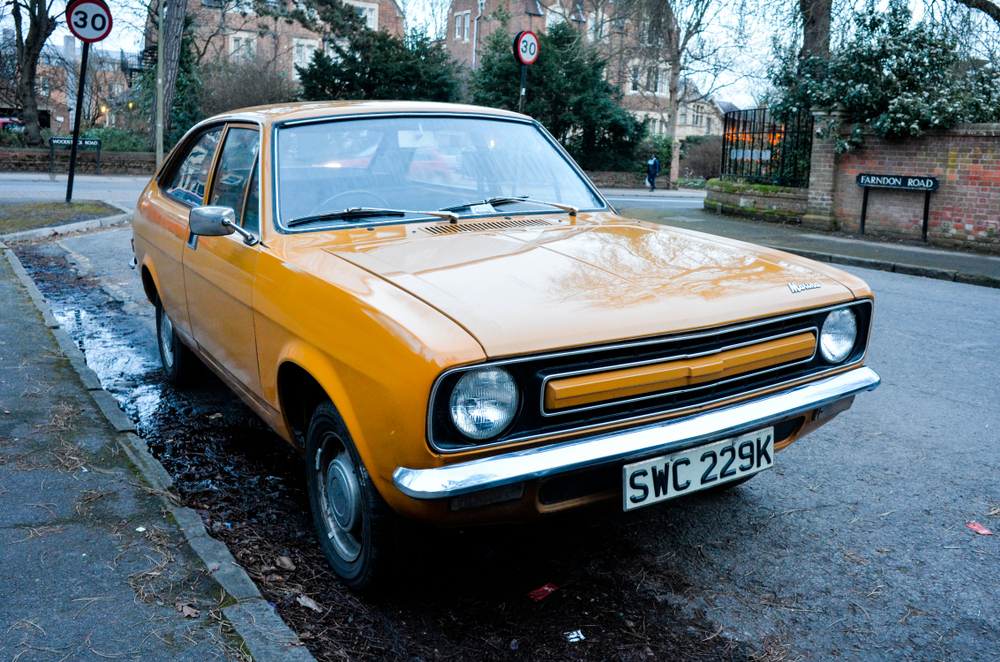
The Morris Marina, launched in 1971, was aimed squarely at the mass market but ended up being one of the most criticized cars of its time. Known for its unadventurous design and numerous mechanical faults, it never captured the public’s imagination. Handling problems, especially with its suspension, made it less enjoyable to drive compared to rivals.
Austin Princess
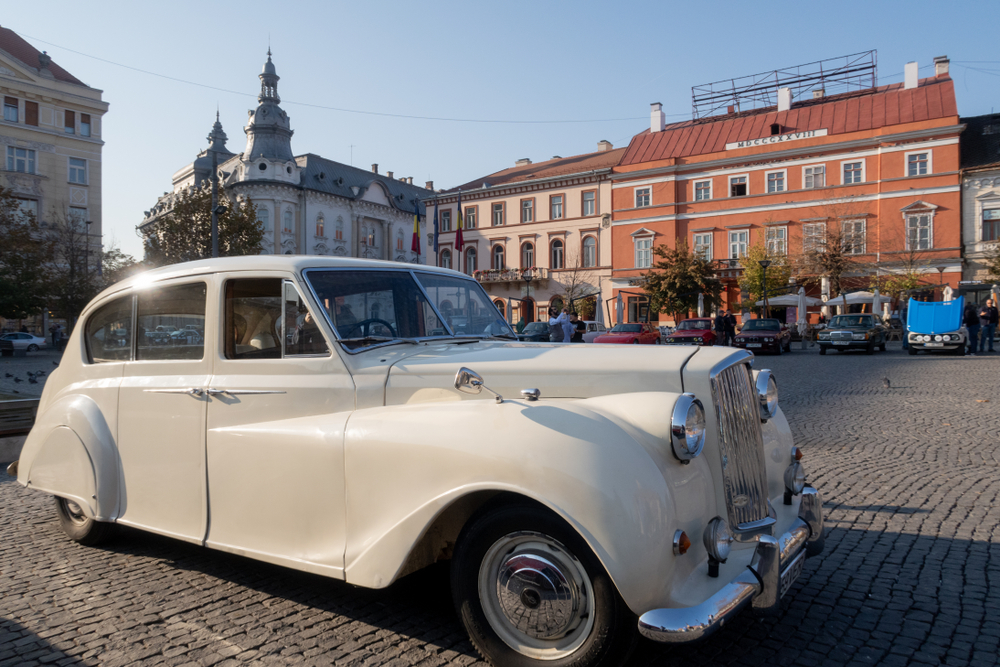
With its futuristic wedge shape, the Austin Princess was designed to turn heads when it hit the market in 1975. Unfortunately, its design couldn’t compensate for its reliability issues, including persistent problems with its suspension and electrical systems. These mechanical flaws, along with its underwhelming performance, meant the Princess failed to live up to its executive car status. Though it has some aesthetic admirers today, it never achieved widespread popularity.
Armstrong Siddeley Sapphire
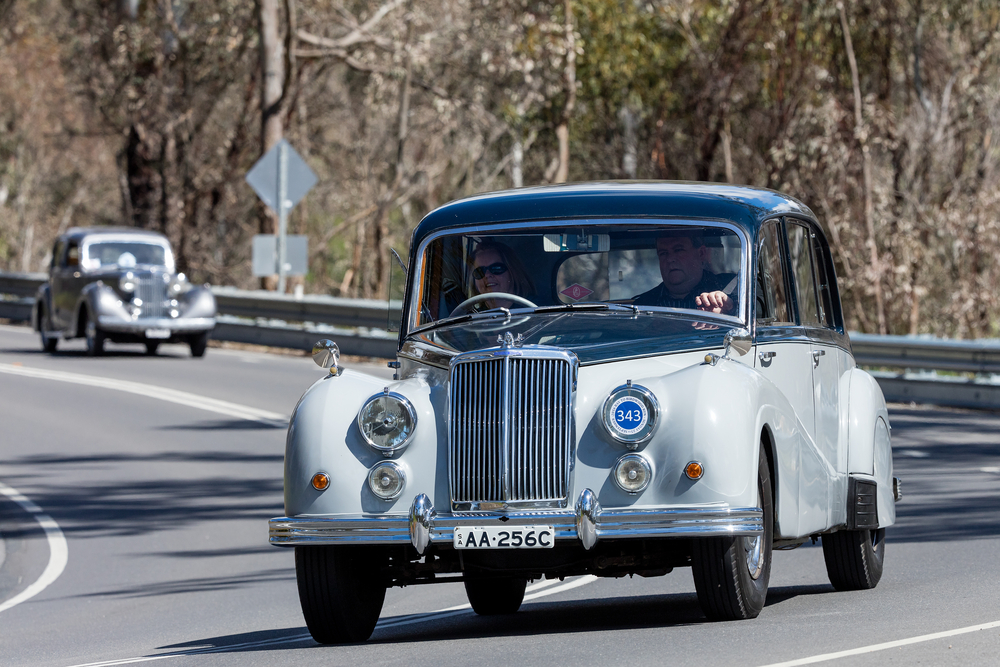
The Armstrong Siddeley Sapphire, a luxury saloon produced in the 1950s, was renowned for its high-quality craftsmanship and refined driving experience. However, its conservative design and high price point meant it struggled to compete with the likes of Jaguar and Rolls-Royce. With limited brand recognition outside the UK, the Sapphire never gained the traction needed for widespread success. Today, it is primarily remembered by a niche group of classic car enthusiasts.
Daimler SP250
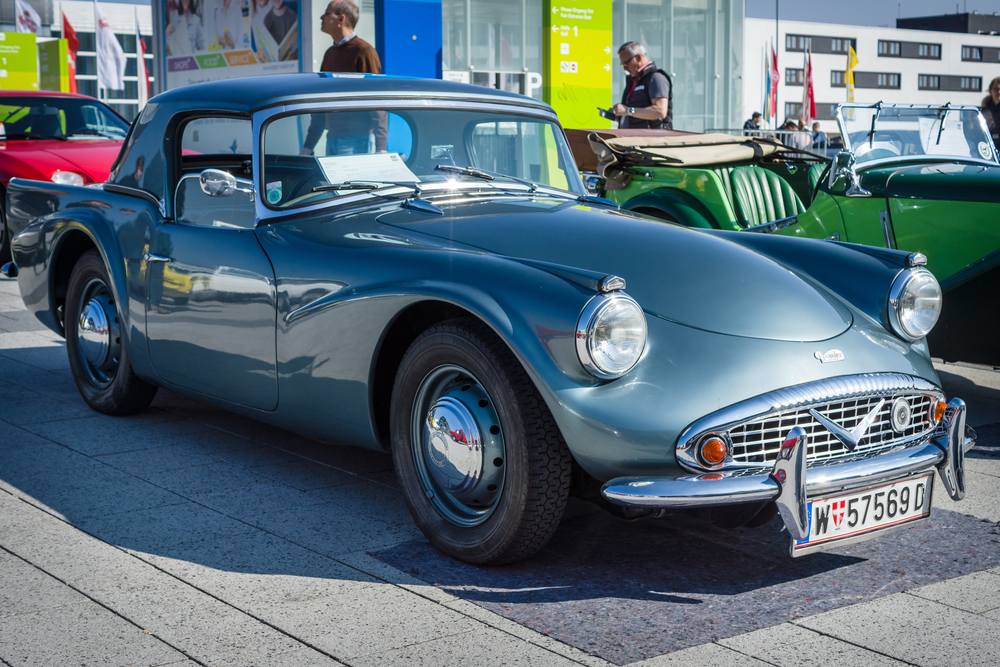
The Daimler SP250, introduced in 1959, was a small sports car powered by a V8 engine, which offered impressive performance for its size. Yet, its fiberglass body and distinctive, polarizing design kept it from achieving the mainstream appeal of its competitors. Additionally, build quality issues, particularly with the chassis, further harmed its reputation.
Jensen 541

The Jensen 541, which hit the market in the late 1950s, was ahead of its time with a sleek fiberglass body and a powerful engine. Despite its innovative design, the car was expensive to produce and sell, which limited its market reach. Its small production numbers meant it never gained significant recognition outside of a dedicated group of enthusiasts.
Singer Gazelle
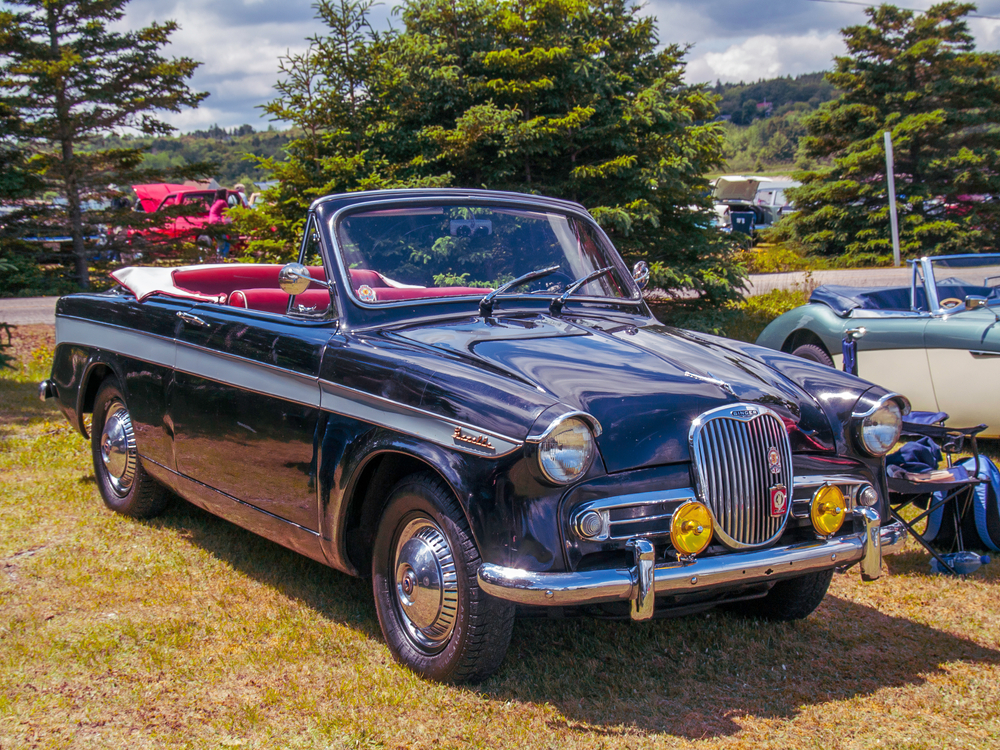
The Singer Gazelle was a compact, stylish family car that found moderate success in the 1950s and 60s. Unfortunately, it was overshadowed by more popular models from the same Rootes Group, such as the Hillman Minx, which offered similar features. Its lack of standout attributes made it difficult to compete in a crowded market. Though reliable, the Gazelle never became a prominent figure in the British car scene, and it’s largely forgotten today.
Riley One-Point-Five
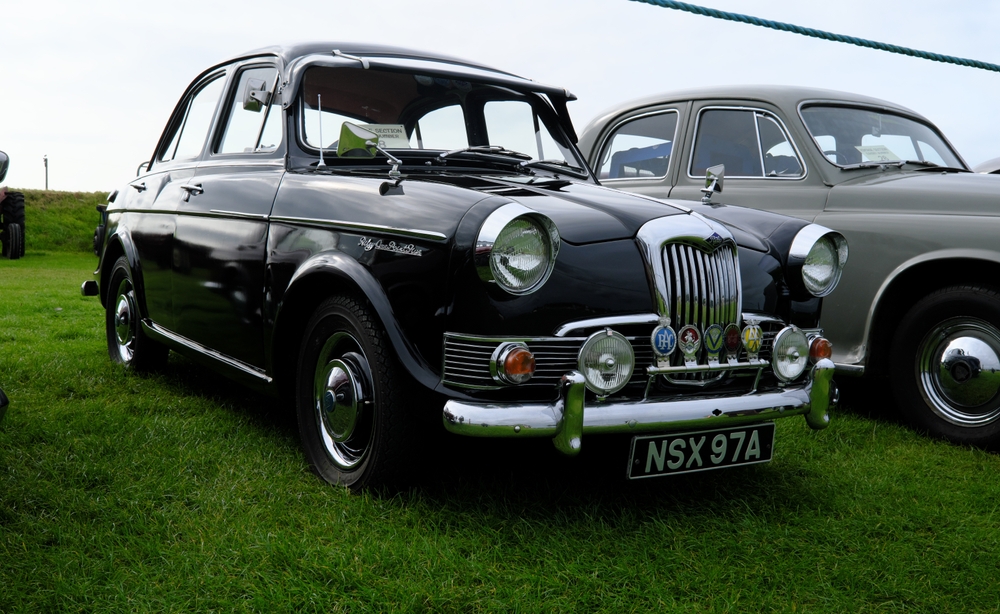
The Riley One-Point-Five was launched in the mid-1950s with the intention of blending sportiness with practicality. Despite a lively engine and an attractive design, it struggled to find an audience due to its relatively high price and conservative looks. The market quickly moved toward more affordable and stylish options, leaving the Riley behind.
Sunbeam Rapier

The Sunbeam Rapier was marketed as a sporty coupe during the 1950s and 1960s, with sleek lines and a stylish interior. However, its modest performance didn’t live up to its sporty image, and it faced stiff competition from faster, more affordable rivals. Additionally, the Rapier’s price tag was higher than many were willing to pay for its limited capabilities.
Alvis TE21

The Alvis TE21 was a sophisticated luxury tourer that debuted in the 1960s, boasting impressive craftsmanship and a powerful engine. Despite its high standards of design and performance, its price point was prohibitive for most buyers, and the Alvis brand lacked the prestige of its more famous rivals. As a result, the TE21 was largely overlooked in favor of more popular luxury cars of the time. Although it is appreciated by a small group of collectors today, it never became a commercial success.
This article originally appeared in MyCarMakesNoise.
More from MyCarMakesNoise
20 Most Durable Pickup Trucks on the Market
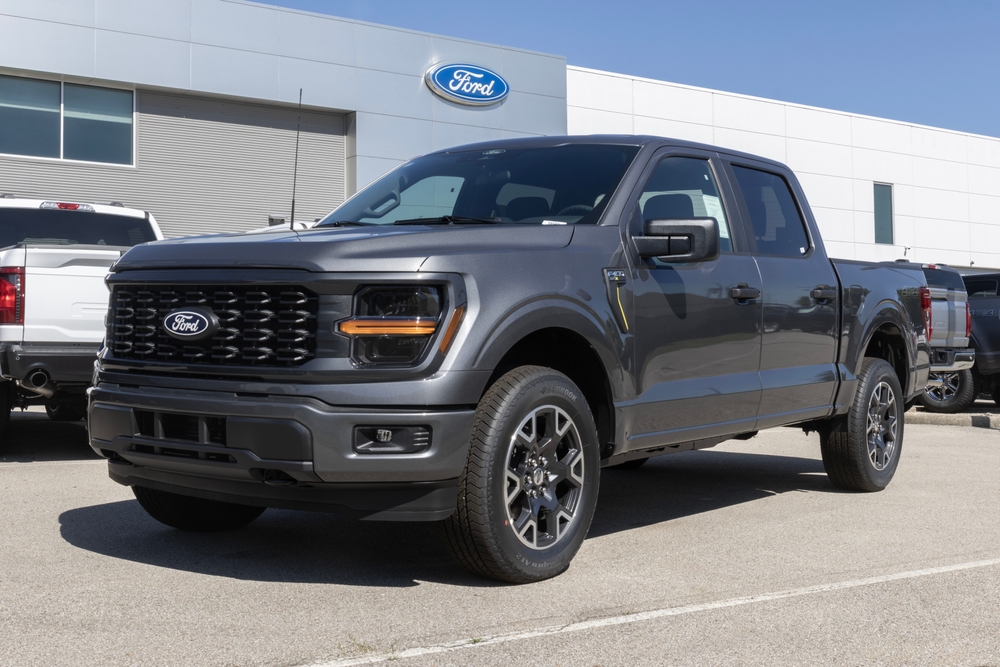
Durability is a key factor for many buyers when choosing a pickup truck, especially for those who rely on their vehicle for heavy-duty tasks or off-road adventures. Some pickup trucks stand out for their rugged construction, reliable performance, and long-lasting components. Read More.
20 Most Beautiful Vintage Airplanes in Aviation History

Vintage airplanes hold a timeless charm, representing the early days of aviation when design and function came together in elegant and often groundbreaking ways. Some of the most beautiful vintage aircraft stand out for their sleek lines, graceful wingspans, and iconic presence in the sky. Read More.
20 Incredible Space and Aviation Museums You Need to See

Exploring the fascinating world of space and aviation is a thrilling experience for enthusiasts and curious minds alike. Whether you’re captivated by the history of flight, the marvels of space exploration, or the technology behind it all, there’s a museum out there waiting to ignite your imagination. Read More.

